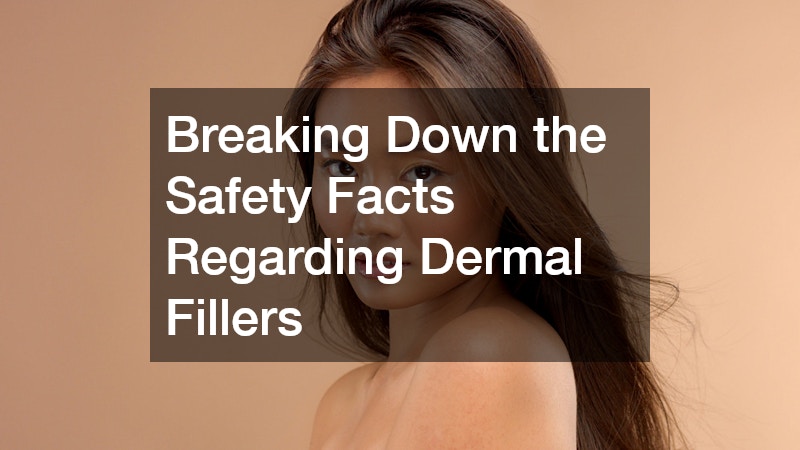Dermal fillers have surged in popularity in recent years, offering a non-surgical option for individuals looking to enhance facial volume, smooth wrinkles, or contour specific areas. While many people enjoy the benefits of these treatments, it’s essential to understand the safety facts surrounding them to make informed decisions.
Types of Dermal Fillers
The most common types of dermal fillers are hyaluronic acid (HA), calcium hydroxylapatite, and poly-L-lactic acid. Hyaluronic acid, naturally found in the body, is the most widely used due to its biocompatibility and reversible nature.
Understanding the type of filler is crucial, as safety profiles can vary.
Potential Risks and Side Effects
While many patients experience minimal side effects, such as swelling or bruising at the injection site, more serious complications can occur. These include allergic reactions, infection, and vascular occlusion, where the filler inadvertently blocks blood vessels. Patients should discuss these risks with a qualified practitioner to ensure they are aware of the potential for complications.
Choosing a Qualified Practitioner
One of the most significant factors affecting safety is the skill and experience of the practitioner. Choosing a board-certified dermatologist or plastic surgeon with a strong track record in aesthetic procedures is vital. A qualified professional will conduct a thorough assessment of your medical history, skin type, and aesthetic goals to tailor a treatment plan that minimizes risks.
Aftercare and Monitoring
Post-treatment care is equally important in ensuring safety. Patients should follow their practitioner’s aftercare instructions closely, including avoiding strenuous activities and sun exposure for a specified period. Regular follow-up appointments can help monitor the results and address any concerns early.
.


